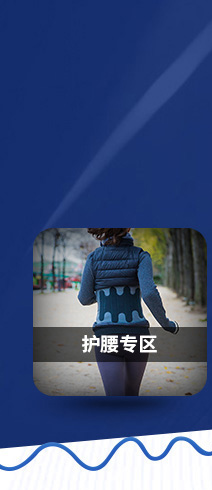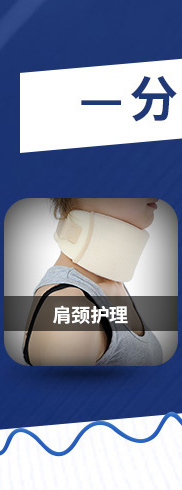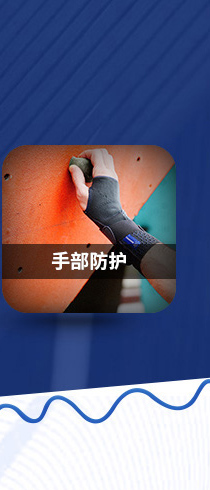欢迎您进入BuGuHealth官方网站,联系我们
腰椎护腰带
作者:BuGu 时间:2019-12-24 浏览:1239 次
 |
 |
 |
 |








The spine, also known as the spinal column or backbone, is our body’s central pillar. One of its main roles is to guide the numerous movements that the trunk allows us to make: flexion, extension, rotation, inclination. It consists of 24 vertebrae: 7 cervical, 12 thoracic and 5 lumbar vertebrae, as well as 5 sacral vertebrae forming the sacrum and 3 to 5 vertebrae forming the coccyx. Like all joints, the vertebrae are held together by numerous ligaments and muscles. They are each separated by an intervertebral disc, which acts as a sort of cushion: it supports weight (our weight as well as the weight of anything we are carrying) and absorbs shocks associated with each movement we make.
Backache affecting the various regions
Excessive strain, an awkward movement, an impact, as well as wear and tear of the vertebrae and their surrounding structures can cause a variety of painful conditions. Each component of the spinal column can be a source of back pain:
- Low back pain when the lumbar vertebrae at the base of the spine are involved: lumbago, with the restricted movement it causes after lifting a heavy load, or sciatica, the pain that usually radiates all the way down to the feet;
- Dorsal pain for the thoracic vertebrae in the middle of the spine: people who work leaning forwards are the most affected by pain felt between the shoulder blades;
- Neck pain when the cervical vertebrae are affected: torticollis occurring after a bad night’s sleep or “whiplash” after an accident are well known for the acute pain they cause; but osteoarthritis of the neck, with its associated headaches, can be very uncomfortable too.
What are the solutions?
The management of backache consists above all in alleviating pain, particularly via:
- the use of analgesics (painkillers),
- the application of hot or cold,
- temporary relative resting (it is important to maintain activities as far as possible if the pain allows it),
- if necessary, support for the affected region using a collar or belt
- a physiotherapy programme.
To aid recovery and prevent the persistence of pain, appropriate physiotherapy, lifestyle measures (weight and stress control, physical exercise) and the learning of postures and movements to look after the back day-to-day are recommended. Adaptations at work and in sports activities are sometimes necessary. Recourse to surgery is extremely rare.
Documentary sources
Anaes / Service des recommandations et références professionnelles : Diagnostic, prise en charge et suivi des malades atteints de lombalgie chronique, décembre 2000
Anaes / Service des Recommandations et Références Professionnelles /Prise en charge diagnostique et thérapeutique des lombalgies et lombosciatiques communes de moins de 3 mois d’évolution, février 2000.
Collège Français des Enseignants en Rhumatologie : Item 2015 : Rachialgies. 2010-2011
如需购买,请致电029-81206120或至店内购买

 布骨健康(患者用)
布骨健康(患者用)
 布骨学院(医生用)
布骨学院(医生用)
 灵蛇急救
灵蛇急救